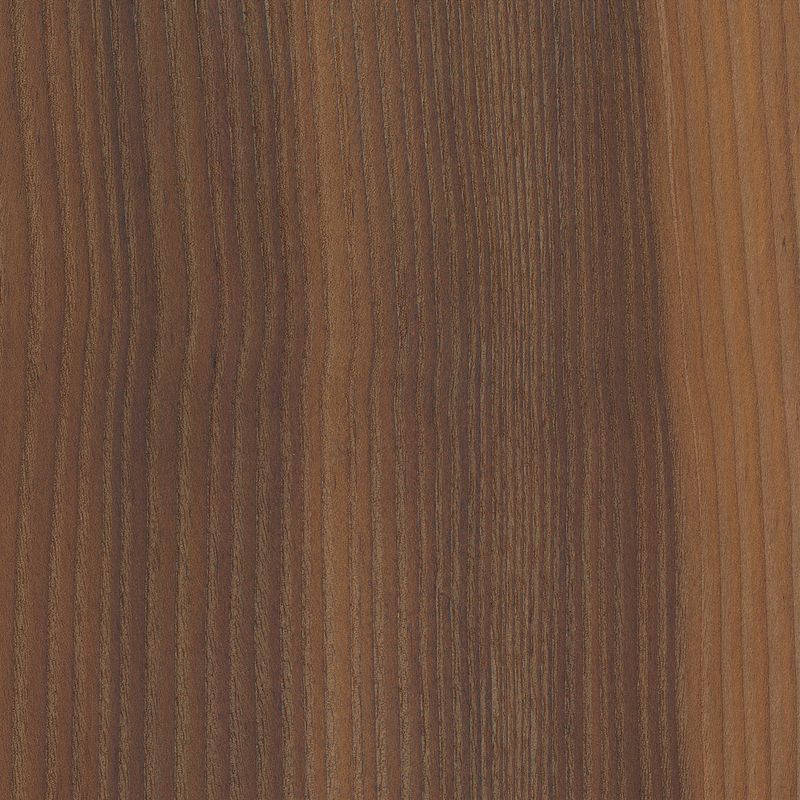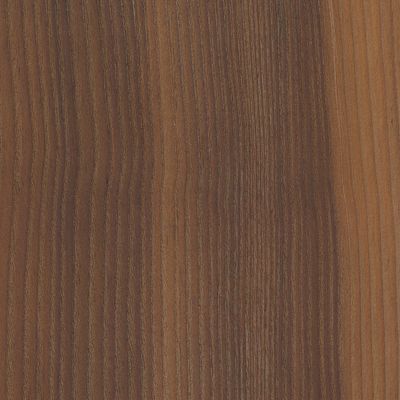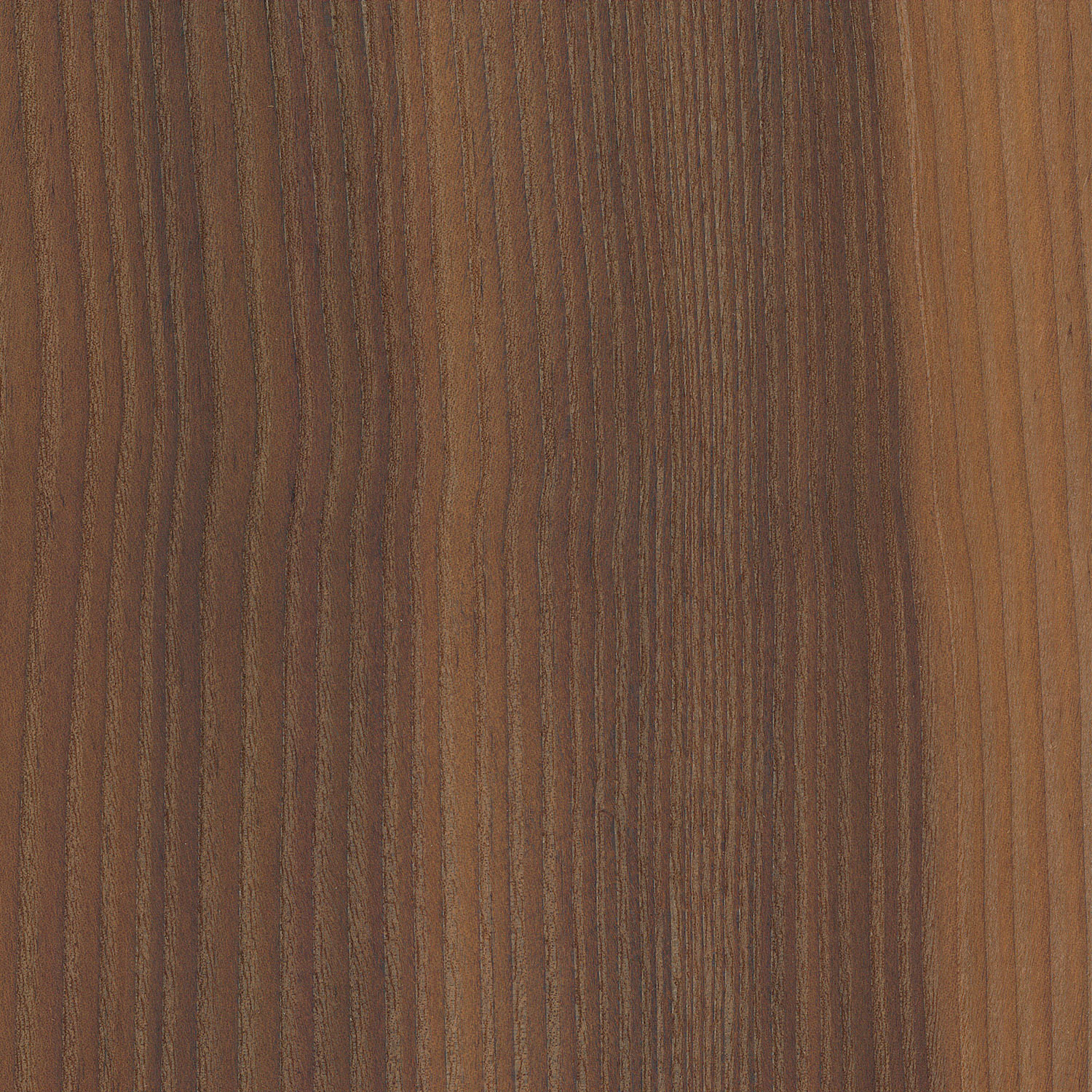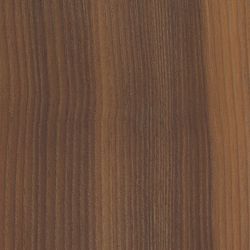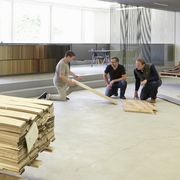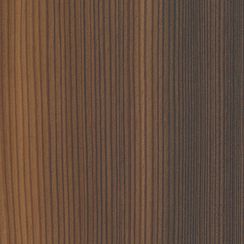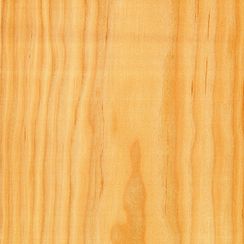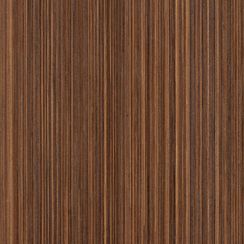Make an appointment at our concept.room for your individual project consulting
Veneer Oregon Pine smoked (Douglas Fir)
BackSince ammonia may still be bound in the cell walls of the smoked wood in isolated cases, it is recommended to allow the veneer sheets to air well (approx. 3 - 4 hours) after cutting them to width and before joining them together. This allows clean joint gluing without any problems.
Detailed Description
Under favourable growth conditions, the tree reaches heights of up to 90 m and diameters of up to 400 cm. One of the most important timber species in North America, with trees up to 1000 years old. Shaft up to 20 m knot-free, average timber with a diameter of about 200 cm.
Tradenames and other names
Bot. Name: Pseudotsuga menziesii
Tradename De: Douglastanne, Douglaskiefer, Douglasfichte, Oregon Pine, Douglasie
Tradename En: Oregon Pine, Douglas Fir
Properties
Raw density: 510 - 750 Kg/m3
Occurrence
In the USA and North America from Canada southwards to Mexico, from the Rocky Mountains to the Pacific, as well as in the interior of British Columbia, in numerous varieties, mostly associated with other conifers, partly in dense jungle stands. Douglas fir is also cultivated in Europe.
Characteristic and wood color
Sapwood and heartwood well set off. The sapwood is almost white or yellowish-white with varying thickness, usually not more than 5 cm. The heartwood is red or reddish brown to yellowish. The annual rings are sharply defined.
